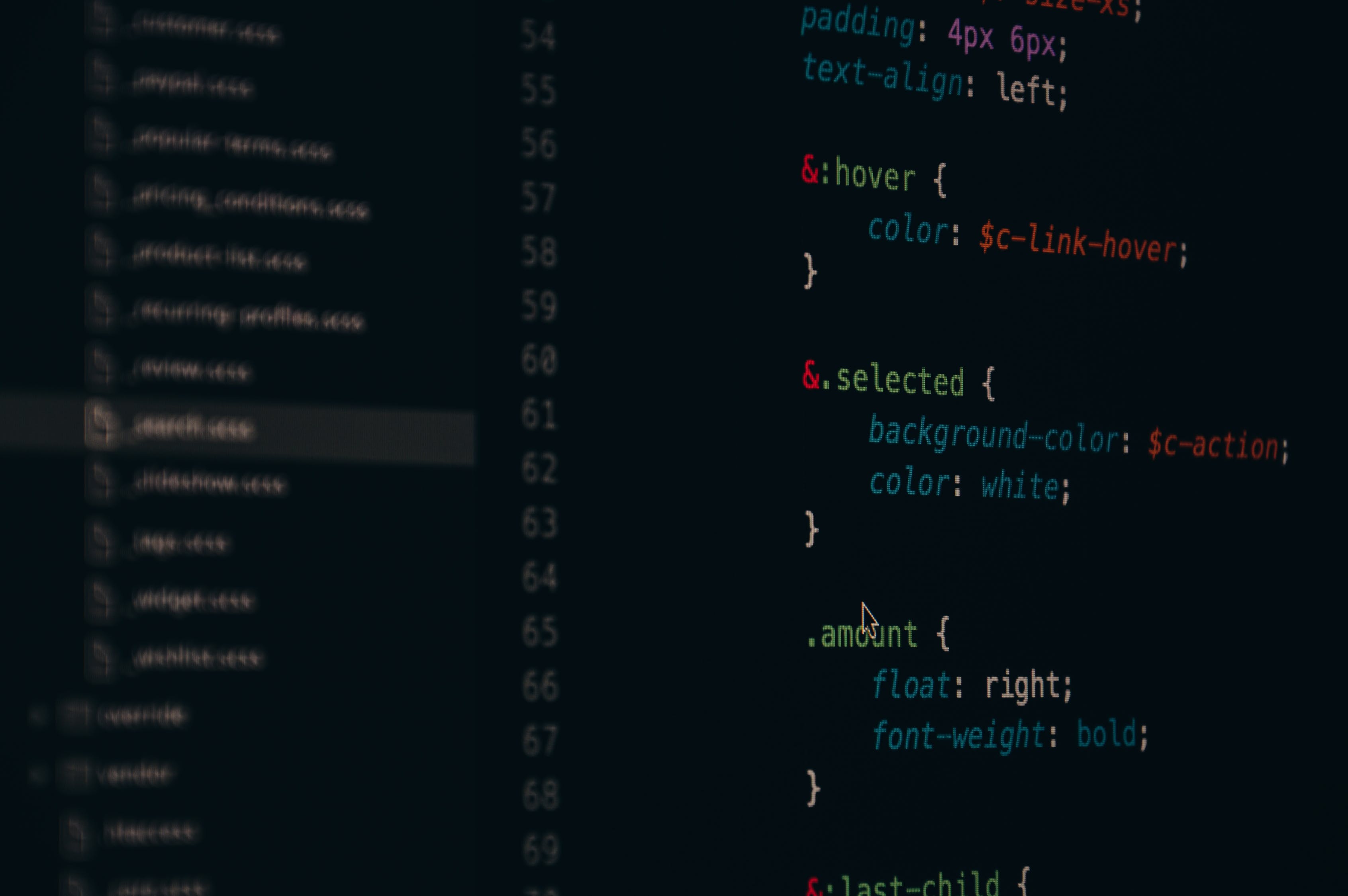UX research is always a top skill for designers. So you need to step up your skills in UX research if you want to take your UX design career to the next level.
A lot happens when creating a website wireframe, and many of the decisions UX designers make are not just plucked from thin air but meticulously thought out, studied, and researched.
Therefore, user experience searches prioritize the design process because of the decisions and strategies based on their results.
What is a UX research skill?
It is knowing how to properly use user search techniques, learning what users need and want, and converting this information into information that improves user experience with the user interface.
The UX designer will gain insight as they research UX, establish facts, find problems, and develop new solutions. Taking a specific approach, the UX researcher will understand users’ needs and determine how those needs can be met. Then, they use this information to report on the development of the user’s design.
What should you focus on?
UX research uses a combination of qualitative and quantitative research to find out what users need and want. We find that focusing on a set of points helps the user experience designer obtain comprehensive data used in the design process. Here are three key points to focus on in your UX research process.
1. Observation
When UX designers observe users interacting with a design or a UI, they look for behavioral clues that help them understand what a user thinks about a design or a UI. Observation is valuable because UX designers can objectively see realities users may fail to report.
So observation can provide insight into users and their behavior.
2. Identifying users and understanding their mentality
User experience designers ensure that the design is designing to work the way the user expects by observing user reactions and accurately anticipating their needs.
3. Analysis & communication
One of the essential responsibilities of the UX designer is to be responsible for analyzing the data and communicating it to the design team to make perfect sense.
The job of a UX designer does not end with observation and understanding users’ mental models. They are analyzing the data and communicating it to the design team to make perfect sense. This step can be challenging, but with the correct analysis tools and the help of data visualization, UX designers will be able to provide valuable instruction.
What research techniques should I stick to?
There are several research techniques that UX designers use to glean insights and information. Here are the top research techniques you can expect from a professional UX designer.
1. Interviews
The interviews are a reliable research technique through asking direct questions and getting clear answers to provide valuable insight and essential information. Therefore UX designer uses interviews to learn more about user needs and values.
2. Contextual Inquiries
Observation plays an essential role in contextual inquiries as researchers monitor how users interact with UI. That helps UX designers understand more about the user’s problems, preferences, desires…when using the user interface.
3. Usability testing
Usability testing is when a UX designer evaluates a UI or product by testing it with a representative set of users. These participants will complete tasks, and the UX designer will observe and take notes. That helps you identify problems before taking any further development steps.
Finally, UX Research is one of the most critical aspects in the UX field because It plays a significant role in finding the information on which decisions are based in the UX design process.


